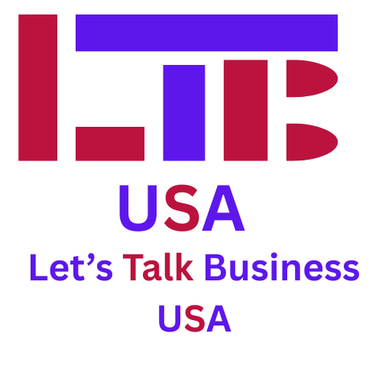Do I need a Patent for my Business?
LEGAL


Do you have an innovative idea? You should know some basic concepts about patents to prevent others from stealing your idea. This article will help you understand how the process of registering a patent in the United States works.
Do you need a patent for your product?
What entrepreneur doesn't dream of inventing an innovative product that allows them to profitably enter a market and generate an unlimited flow of income, while leaving their indelible mark on humanity.
On the other hand, history is littered with brilliant minds who broke new ground and quickly saw their inventions stolen because they failed to obtain the right patent at the right time.
A better understanding of how patents work can boost your dream of turning that idea into money. The costs associated with patenting your technological or creative innovation, successfully bringing your product to market, and convincing large companies to negotiate royalties depend on how you choose to proceed.
Here are the things you should know about patents:
You must identify market trends early
It's essential that you stay well-informed about market trends in your sector and be able to predict demand over the next five to ten years.
It's invaluable to have a team member whose role is to anticipate industry trends and bring them to your attention to evaluate the possibility of patenting a new product.
Determine if your idea is “patentable”
You should ask yourself some key questions to determine the viability of the patent:
• Does my idea satisfy a specific demand?
• Does my idea solve a current or emerging problem?
• Does my idea fit the direction of my industry?
After answering these questions, it's a good idea to consult with an experienced patent attorney who can act on your behalf to conduct the research, file applications, and obtain a patent from the U.S. Patent Office.
There are different classifications of patents, including provisional patents, utility patents, and design patents. Your attorney can advise you on which type of patent to use.
Another important patent classification to consider is "closed" versus "open" patents. If you plan to expand an existing patent in the near future with claims, you should apply for an open patent.
If you decide to apply for a closed patent, you cannot extend it simply by filing a claim. In the case of a closed patent, you must acquire other patents through a legal acquisition process to add to the original patent.
A patent attorney can advise you on whether an open or closed patent is the most appropriate option for your idea or invention.
You can ask your acquaintances to recommend a specialized lawyer. You can also search on AmericanBar.org to locate pro bono intellectual property attorneys in your area to see if you can find one who can conduct research on your behalf and help you file your patent
. The website Nolo.com provides step-by-step information for those who choose to apply for their patent directly through the United States Patent and Trademark Office.
Negotiate a Royalty Agreement
A patent provides a means to protect your intellectual property. The goal is to establish barriers to entry wherever your intellectual property is infringed.
The ultimate goal is to establish licensing relationships, whereby other parties pay for the right to use your patent/intellectual property, and that party would act as the licensee of your technology/intellectual property.
Many licensing agreements arise from litigation or the pursuit of litigation. Your patent attorney should take action against anyone who may be infringing your intellectual property rights.
One possible outcome of litigation is that the infringing party or parties may negotiate a legal license to use your technology, resulting in royalty income.
.License your patent and start collecting royalties This generates a revenue stream and ensures a continuous process of adding intellectual property to the original patent, thus creating a perpetual stream of licensing revenue.
This methodology not only adds value to the original patent, but also creates opportunities for licensing to other companies.
If an open patent is used, additional intellectual property can be added through claims.
Another way to add patents to your portfolio is through acquisitions; in other words, buying other people's patents. This is often a way to add intellectual property to a patent portfolio.
This is the main methodology used when dealing with a closed patent. A technology belonging to a third party is identified, contacted, and an agreement is reached to acquire the patent.
How does a startup use this information in its business strategy?
The preliminary business strategy should be based on addressing a need or solving a problem, thus defining the product's position in the current market.
It can also address a potential need that may arise as the market evolves.
The above information provides a guide on how to commercialize the technology, monetize it, and even how to deal with competition in the market.
The most important aspect of business strategy is to focus on building teams that can complete all the components associated with obtaining a patent and monetizing it.
Patents and Artificial Intelligence Technology
AI allows for the collection of a greater amount of additional information about the end customer.
This information allows us to create a truly personalized experience that meets the needs of each consumer.
Inevitably, more and more devices will connect to the internet, which will feed AI with information about the user's preferences, needs, and desires. More information is collected in less time.
Based on this increase, technology will be able to anticipate those needs. Technology becomes an extension of people's needs, desires, and expectations.
